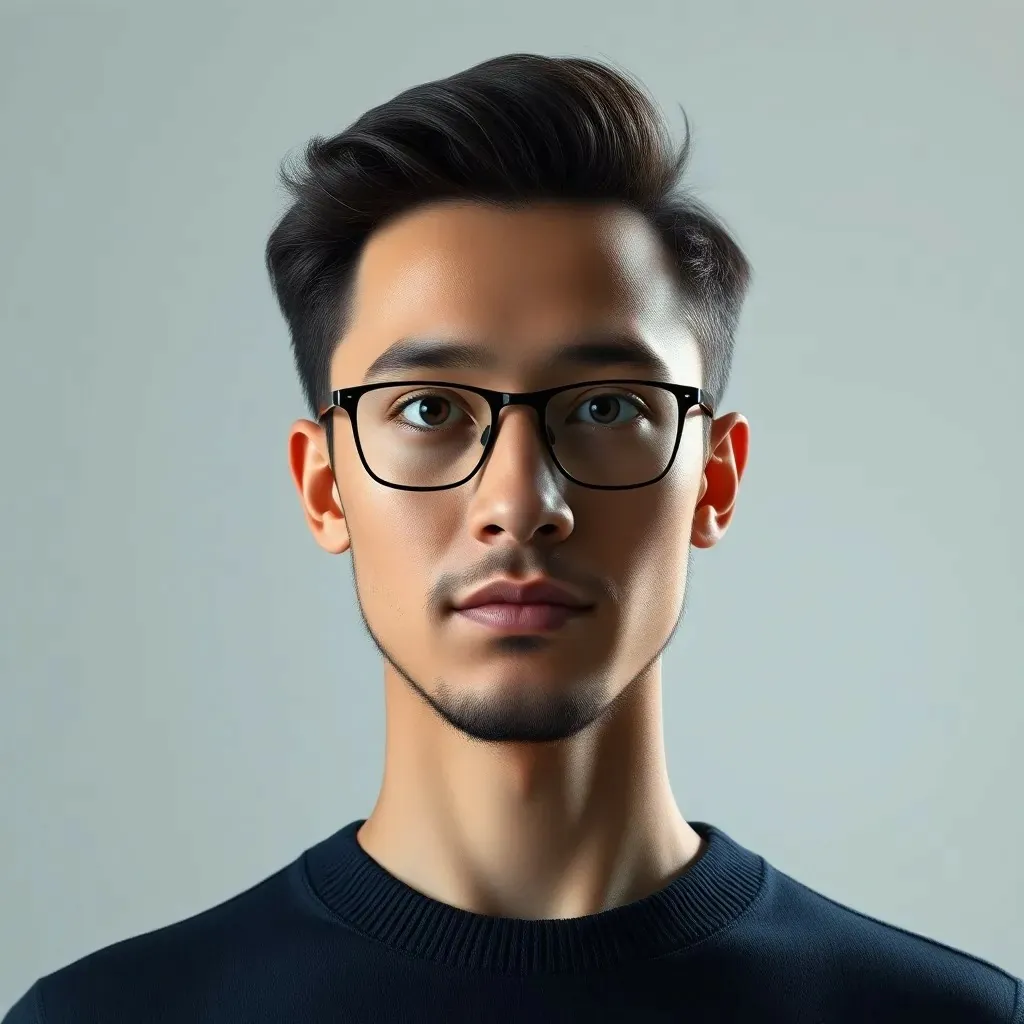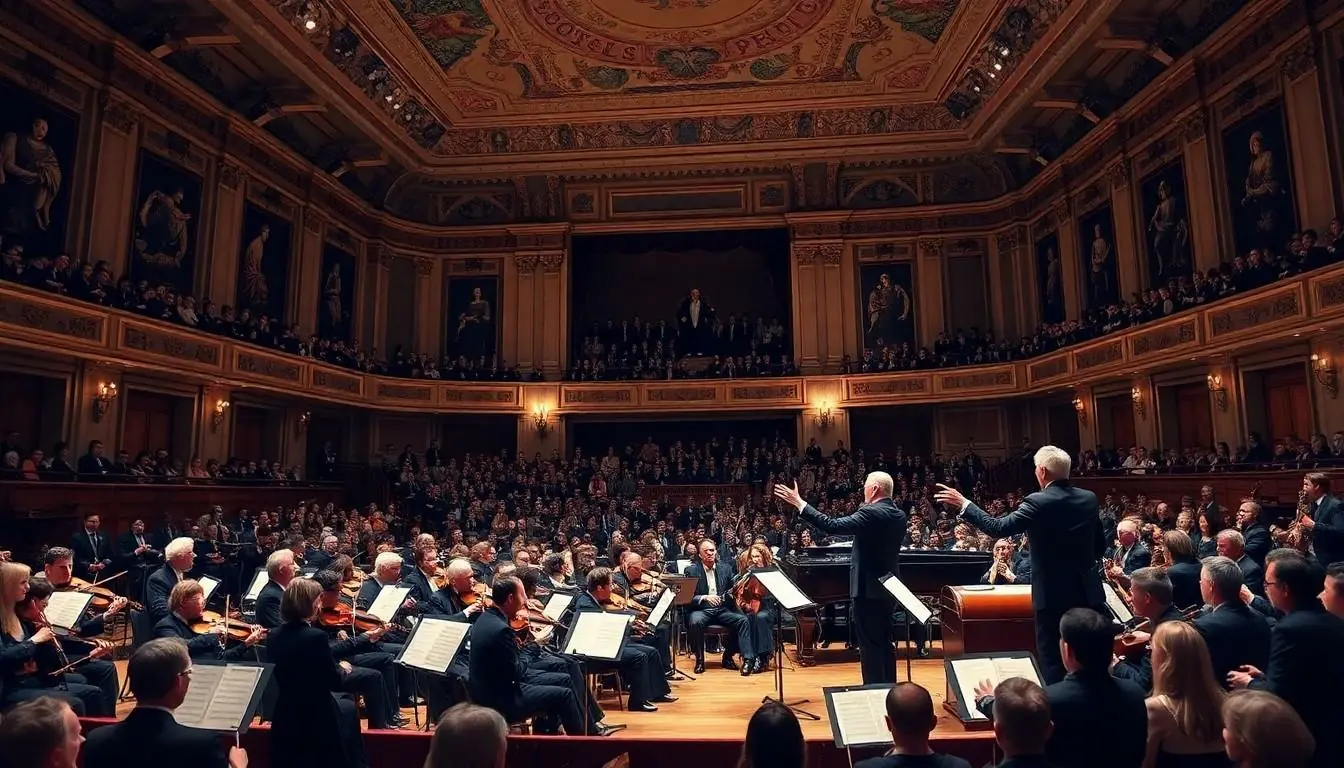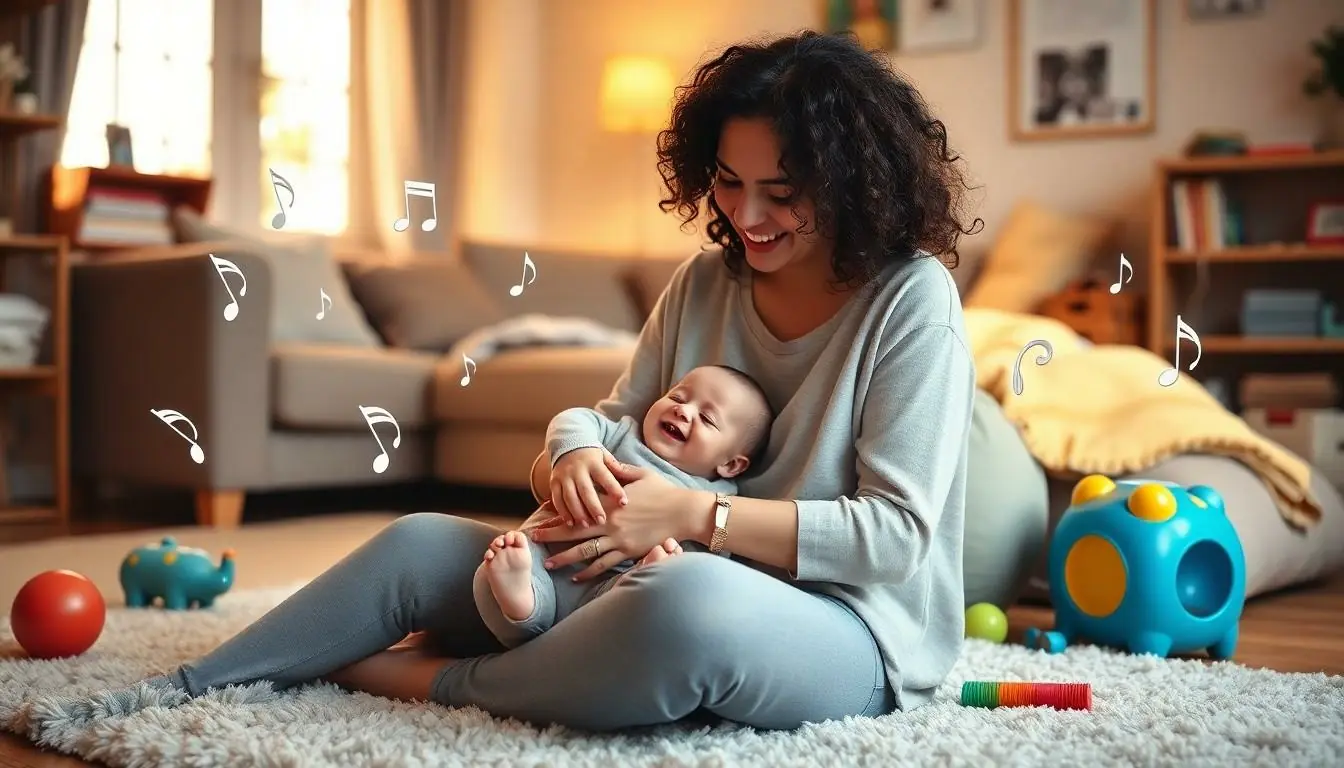The 90s were a vibrant time for hip hop, and the hairstyles rocked by black girls during this era were nothing short of iconic. From gravity-defying afros to intricate braids, these styles didn’t just turn heads; they made statements. If you think hair is just hair, think again! It’s a canvas for self-expression, and the 90s served up a buffet of creativity that still inspires today.
Table of Contents
ToggleOverview of Hip Hop 90s Hairstyles
Hip hop 90s hairstyles for black girls showcased bold creativity and individuality. Styles like the high-top fade became iconic during this era. The high-top fade featured short sides with a voluminous top, allowing for artistic designs and unique expressions.
Braid styles also flourished, including box braids and micro braids. Box braids provided versatility and ease of maintenance. Micro braids, on the other hand, created intricate looks that highlighted skillful craftsmanship.
Another popular hairstyle was the cornrow. Cornrows offered a sleek, polished appearance while making a strong cultural statement. They often served as a foundation for added accessories like beads and colorful threads.
Afros remained a significant hairstyle, representing pride and natural beauty. Some embraced larger afros, making a bold statement that celebrated textured hair.
Accessories played a key role in the overall look, with scrunchies, headbands, and clips enhancing hairstyles. These additions allowed for personal flair while keeping hair in place during movement.
The influence of hip hop music and culture drove these trends, with prominent figures inspiring countless fans. These styles served not only as fashion statements but also as identity markers for many young black girls during the 90s.
Each hairstyle from this period reflects a fusion of creativity, culture, and self-expression. Embracing these styles today continues to evoke nostalgia and appreciation for the innovations of that vibrant decade.
Iconic Hairstyles of the Era

The hairstyles of black girls in the 90s represented bold self-expression and cultural pride. Each style contributed to the vibrant hip hop culture, showcasing individuality.
Box Braids
Box braids gained immense popularity in the 90s. Characterized by divided sections, these braids offered versatility, allowing for various lengths and sizes. Often seen in knee-length styles, they provided a statement-making look. Celebrities like Brandy popularized the trend through music videos, influencing young girls everywhere. Easy maintenance kept them a favorite among busy individuals while also allowing for accessorizing with beads and colorful threads.
Senegalese Twists
Senegalese twists emerged as a stylish choice, captivating many. These twists, made with two strands, displayed a sleek appearance and a polished finish. Often worn long, they provided a flowing look that resonated with many. Influencers in the music industry showcased the style, establishing it as a prominent choice during the decade. Cultural significance marked Senegalese twists, representing heritage and artistry through intricate craftsmanship.
Bantu Knots
Bantu knots became synonymous with natural beauty in the 90s. This style featured small, coiled sections of hair that formed knots, celebrating textured hair. Often worn as a protective style, Bantu knots allowed for creativity with patterns and sizes. Known for their playful aesthetic, many wore them both casually and formally. Revisited by fashion-forward individuals today, Bantu knots have maintained their place in the world of hairstyles.
The High Top Fade
The high top fade defined hip hop style in the 90s. Characterized by short sides and a voluminous top, this hairstyle allowed for artistic designs and personalization. Many used it to make a statement, reflecting their unique personalities. Influenced by various artists, the high top fade became a cultural icon within the music scene. This hairstyle’s enduring legacy continues to inspire creativity in modern styling.
Influential Figures in Hip Hop
Hip hop culture in the 90s featured influential artists who helped shape hairstyle trends, particularly for black girls. Their distinctive looks often defined personal and cultural identities.
Artists and Their Signature Looks
Missy Elliott showcased innovative styles, often incorporating bold color and unique shapes. Her iconic short, asymmetrical cuts and statement accessories grabbed attention. Meanwhile, Brandy popularized box braids, emphasizing versatility and ease. Her trademarked long, flowing braids became synonymous with 90s fashion. Lauryn Hill embraced natural beauty with her textured curls, encouraging many to celebrate their hair’s unique qualities. These artists not only set aesthetic trends but also promoted self-acceptance through their hairstyles.
Impact of Celebrities on Hairstyle Trends
Celebrities significantly influenced hairstyle choices among black girls in the 90s. Each new music video or red carpet appearance presented fresh inspiration. The high top fade became a must-have as artists like Kid ‘n Play showcased it prominently. Similarly, the rise of cornrows can be traced back to artists like Alicia Keys, who highlighted their beauty in her videos. As these stars adorned their hairstyles with accessories, fans followed suit, leading to a vibrant, dynamic hair movement. These cultural icons inspired a generation, creating lasting impacts still seen in contemporary styles today.
Cultural Significance of Hairstyles
Hairstyles in the 90s held deep cultural importance for black girls, intertwining with identity and self-expression.
Representation in the Hip Hop Community
In the hip hop community, hairstyles became a powerful means of representation. Artists like Missy Elliott and Brandy showcased diverse looks that resonated with black women. Their hairstyles reflected individuality while promoting self-acceptance. These public figures contributed to a culture where personal style served as a statement of cultural pride. The embrace of natural hair textures and bold styles encouraged young black girls to explore their own identities. Celebrating uniqueness, these hairstyles conveyed messages of strength and resilience within the music genre.
Influence on Fashion and Identity
Fashion and identity intersected through the iconic hairstyles of the 90s. Box braids and high-top fades not only enhanced outfits but also served as a form of cultural expression. They became indicators of belonging, connecting wearers to the hip hop movement. Each hairstyle offered a canvas for creativity, allowing young black girls to make personal statements. Social media platforms and magazines featured these styles, influencing fashion choices beyond the music realm. As trends evolved, these hairstyles remained timeless symbols of identity and creativity, reflecting the spirit of an entire generation.
Modern Revival of 90s Hairstyles
Nostalgia for 90s hairstyles has surged among black girls. Modern trends draw inspiration from the bold styles of the past, giving them fresh interpretations.
How to Achieve These Looks Today
Achieving iconic 90s hairstyles starts with proper tools and products. One should consider using lightweight gels for defined curls or waves. Braiding hair requires practice, so starting with simple styles helps. Acrylic nails add flair when accessorizing braids or afros. Resources like YouTube tutorials guide the way for mastering intricate designs. Lastly, visiting a stylist familiar with 90s aesthetics ensures an authentic look.
Popularity Among New Generations
New generations embrace 90s hairstyles for their cultural significance and aesthetic appeal. Social media platforms amplify the visibility of styles like box braids and high-top fades. Influencers and celebrities replicate these looks, further popularizing them. Many young black girls find empowerment and self-expression through these hairstyles. They resonate with the pride of individuality while reconnecting with cultural roots. As fashion cycles continue, appreciation for these nostalgic styles seems timeless.
The hairstyles of black girls in the 90s remain a powerful testament to creativity and self-expression. These iconic looks not only defined a generation but also served as cultural markers that continue to inspire today. From the bold high-top fade to the intricate beauty of box braids and cornrows, each style tells a story of pride and individuality.
As contemporary trends embrace these nostalgic styles, young black girls find empowerment in their hair. The influence of hip hop culture and iconic artists has solidified these hairstyles as timeless expressions of identity. Whether through social media or personal style, the legacy of 90s hairstyles lives on, celebrating the rich heritage and creativity of black women everywhere.




